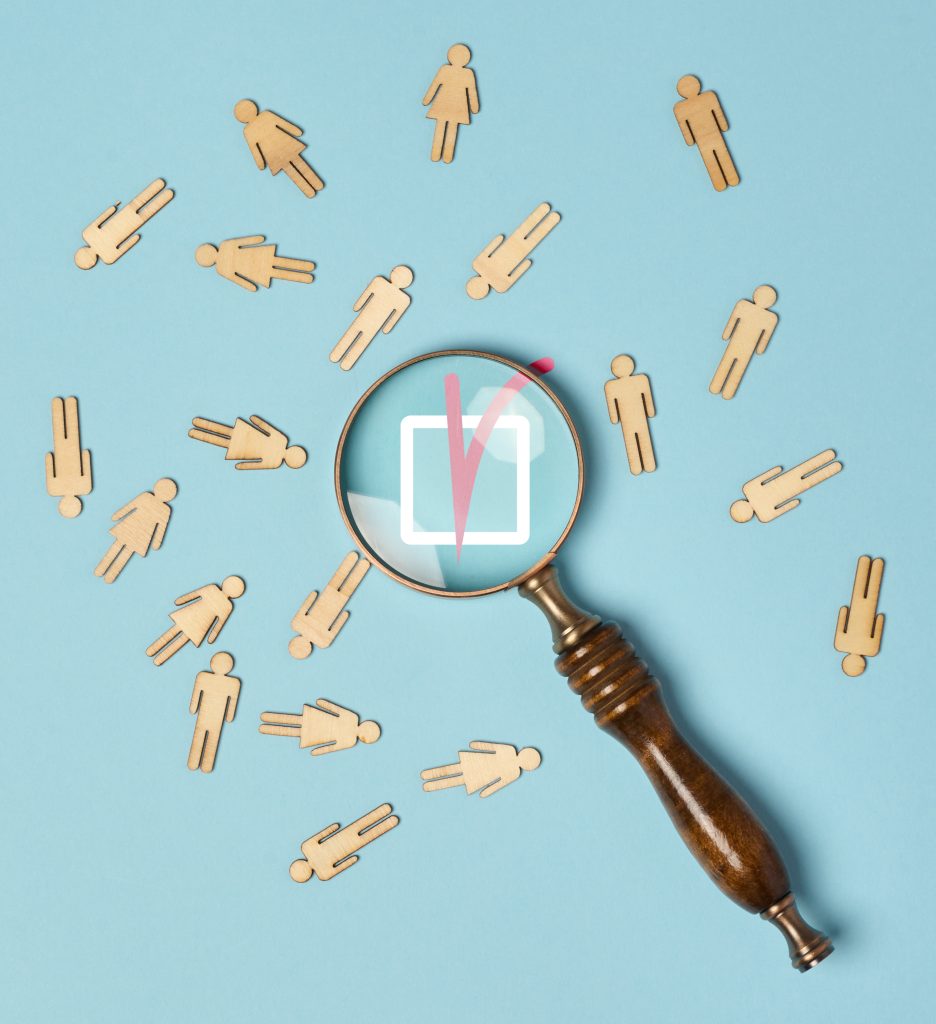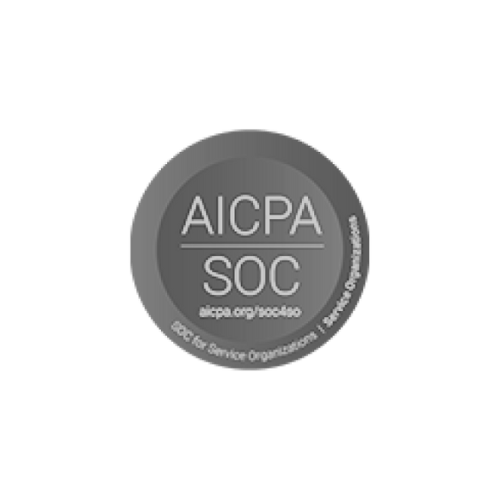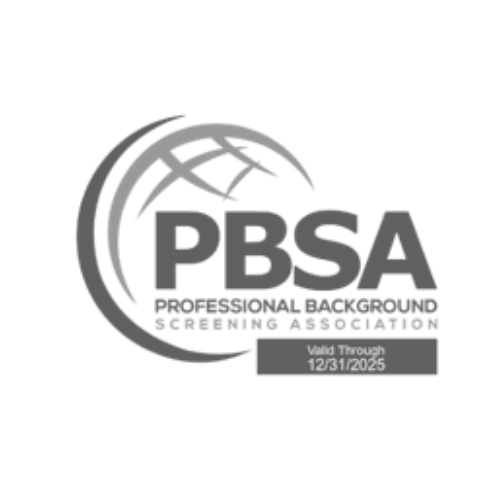What You Don’t See Can Hurt You
Not every risk shows up on a criminal record. A candidate could have no convictions but still be entangled in serious issues—fraud allegations, regulatory breaches, unethical conduct, or even ties to sanctioned entities. In today’s global hiring environment, traditional checks like ID, education, and criminal history are no longer enough, especially for leadership, high-trust, or regulated roles.
This is where adverse media and reputation checks come in. They give employers a broader lens into a candidate’s public footprint, flagging issues that don’t make it into official databases but could pose a significant reputational or compliance risk. From hidden financial misconduct to links with politically exposed persons (PEPs), these checks are fast becoming a core part of global background verification.
In this article, we explore why adverse media screening is gaining traction, how it works, and how to use it responsibly as part of a mature hiring risk strategy.
Why Adverse Media Is Becoming a Must-Have Check
Traditional screening focuses on what is verifiable through direct sources: courts, universities, employers. But that model has blind spots:
- Criminal databases don’t catch ongoing investigations or civil matters.
- Many jurisdictions don’t report white-collar crime or regulatory violations.
- Social, ethical, and reputational red flags rarely appear in official records.
For businesses operating in finance, healthcare, government contracting, or high-growth global markets, these gaps can be dangerous. One high-risk hire can lead to fraud, regulatory fines, or reputational damage. That’s why companies are expanding their due diligence to include media, public records, and risk intelligence sources.
Adverse media checks are particularly valuable for:
- C-suite and executive hiring
- Board appointments
- Financial services roles
- Government-related roles
- Cross-border hires where access to records is limited
What Counts as “Adverse Media”?
Adverse media refers to any publicly available content that links an individual or entity to potentially negative or high-risk activity. This can include:
- News articles
- Regulatory filings or enforcement actions
- Court proceedings
- Watchlists (OFAC, Interpol, UN sanctions)
- NGO or industry reports
- Financial publications
- Social or open-source intelligence
The goal isn’t to find gossip or penalize individuals unfairly. It’s to uncover patterns or public associations that suggest a higher risk profile. For example:
- A candidate frequently named in financial fraud litigation
- Executive involvement in companies fined for data breaches
- Associations with extremist or sanctioned groups
- Public accusations of harassment or ethical misconduct
These issues may not be criminally prosecutable but can have serious business consequences.
How Adverse Media Checks Work
Modern adverse media screening uses AI-powered tools to scan thousands of sources in multiple languages, filtering for relevant and credible risk signals. Here’s how a typical process works:
1. Candidate Name Matching:
Systems perform intelligent name matching to account for spelling variations, transliterations, or aliases. They also use contextual filters to reduce false positives.
2. Source Prioritization:
The system scans global news, regulatory databases, sanctions lists, and financial publications. Sources are scored based on credibility, recency, and relevance.
3. Risk Categorization:
Results are sorted by risk category—legal, financial, reputational, political. Employers can then decide what level of risk is acceptable for the role.
4. Analyst Validation:
Most vendors include a manual review step where trained researchers validate and summarize key findings, adding context and removing irrelevant noise.
5. Candidate Disclosures:
Some companies give candidates a chance to explain or clarify flagged information, especially for legacy issues or resolved matters.
This blend of automation and human analysis ensures faster turnarounds without sacrificing accuracy or fairness.
Benefits of Adverse Media Screening
1. Broader Risk Coverage
You catch reputational, regulatory, and ethical red flags that traditional checks miss.
2. Global Reach
Adverse media checks are especially useful when hiring from countries where official records are limited, outdated, or unreliable.
3. Better Board and Executive Vetting
High-profile hires bring higher scrutiny. Media checks reduce the risk of public embarrassment or investor backlash.
4. Alignment With ESG and Ethics Policies
Companies focused on ESG (Environmental, Social, Governance) metrics use media screening to align talent strategy with public accountability.
5. Real-Time Alerts
Some platforms offer continuous monitoring, alerting you if a previously hired candidate or vendor is named in a new report or incident.
The Ethical Considerations
Adverse media screening isn’t without risk. Misuse or poor design can result in unfair bias, overreach, or privacy violations. HR leaders must build a process that respects:
- Accuracy: Avoid relying on unverified or sensationalist sources.
- Context: Understand whether flagged issues are substantiated, resolved, or relevant.
- Candidate Privacy: Limit searches to professional relevance; don’t dig into personal lives.
- Transparency: Be clear with candidates about what will be checked and how.
A well-run adverse media program balances risk mitigation with fairness. It’s about better decision-making, not judgment.
Use Cases: How Companies Are Applying It in the Real World
Case 1: A Fintech Startup Hiring a CFO
A background check showed no issues, but adverse media flagged a past SEC investigation related to insider trading. The company conducted deeper due diligence and ultimately withdrew the offer.
Case 2: International NGO Vetting Country Directors
Hiring across Africa and Southeast Asia, the NGO used media screening to flag candidates tied to political violence or corruption. These insights helped avoid reputational risk in volatile regions.
Case 3: Cross-Border Vendor Onboarding
A US tech company used adverse media checks before onboarding overseas contractors. One vendor was linked to a firm on a US watchlist, prompting legal review.
Making Adverse Media Checks a Standard Practice
If you’re ready to integrate media screening into your background check policy, start with these steps:
- Define Roles That Require It: Usually high-risk, leadership, finance, or public-facing roles.
- Choose the Right Partner: Look for vendors with strong multilingual capabilities, analyst review, and configurable risk thresholds.
- Set Clear Review Protocols: Decide who evaluates findings, what triggers escalation, and how to document decisions.
- Integrate With Other Checks: Media screening should be part of a holistic background verification stack, not a standalone tool.
The Reputation Risk You Can’t Afford to Ignore
In the past, criminal checks were the gold standard for hiring due diligence. But in today’s global, high-velocity hiring environment, that’s no longer enough. The real risks often live in the grey areas—ethical breaches, financial misconduct, public controversies.
Adverse media and reputation checks help HR leaders see the full picture. When used thoughtfully, they strengthen hiring decisions, protect your company from exposure, and align talent strategy with business values.
Because in the end, who you hire shapes how the world sees you. And in business, perception isn’t just reality—it’s risk.















